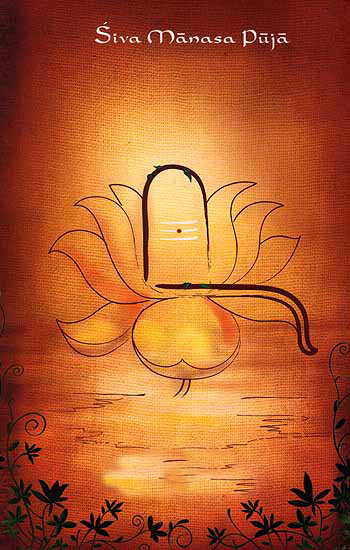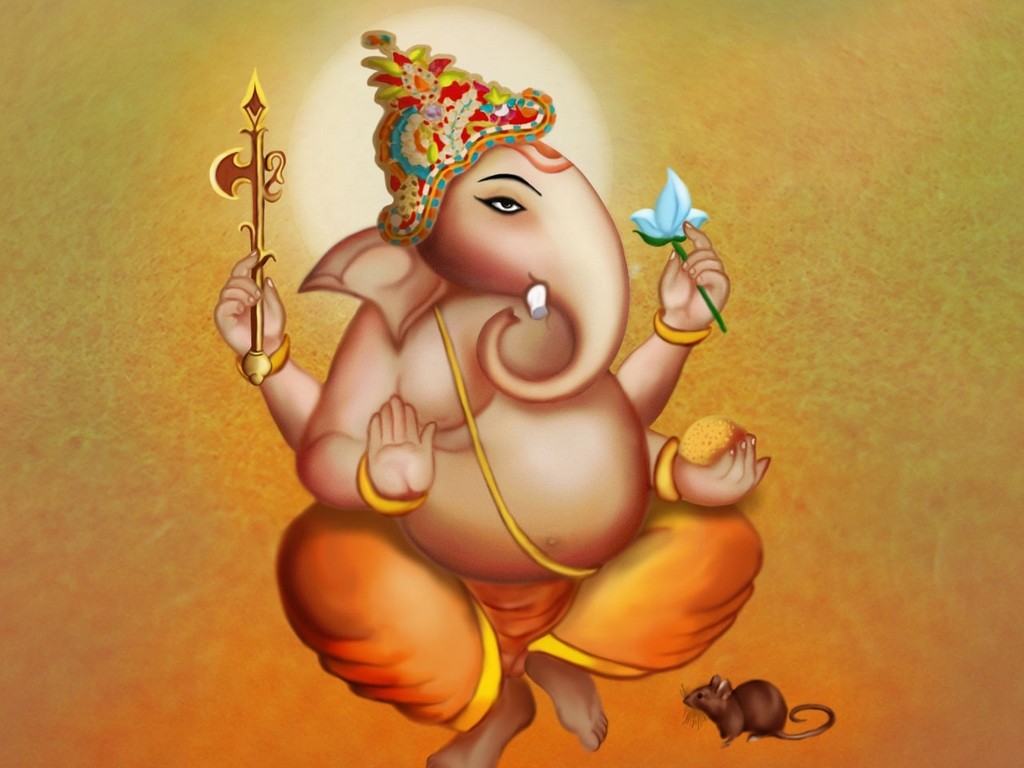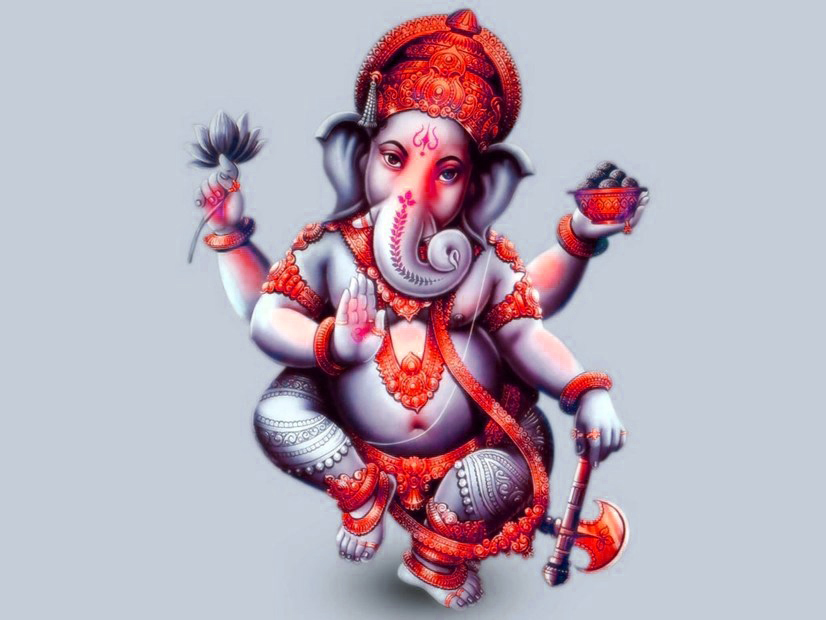Sakat Chauth Vrat Pooja Vidhi
Sankashti Vrat and Puja is dedicated to Lord Ganesha and is observed on the fourth day after Purnima or full moon. Sankashti fasting is from morning to the sighting of the moon. Sankashti Puja is performed in the evening. Observing Sankashta Chaturthi is believed to help in removing all difficulties and obstacles in life.
For most people Sankashti Chaturti is a complete fast which is open after sighting the moon and performing puja. There are also people who observe partial fast.
Following are the rituals associated with Sankashta Chaturthi Vrat :
- Fasting throughout the day.
- Ritualistic worship of Sri Ganeshji in the evening
- Darshan of the Moon
- Worship of the Moon (Chandrapujan)
- Vratangabhojan
Along with this, as a way of worship, people having faith in Sri Ganeshji perform various actions as per their ability like:
- Going for darshan to the temple on foot or going on bare feet.
- Listening to or reciting Sri Mudgalapurana
- Sri Ganeshsahasranamavali etc.
- Reciting the stotras Chanting etc.
Sankashti Chaturti Morning Rituals :
After early morning bath, prayers are offered to Lord Ganesha in the usual way by lighting a lamp or Aarti. Anyone of the prayers dedicated to Lord Ganesh is chanted. The fasting begins after puja.
Food that can be eaten by those observing Partial Fasting :
Those people observing partial fast can eat Sabudana Khichadi or fruits or curd rice.
Sankashti Chaturthi Evening Puja :
The puja is usually performed after sighting the moon. If moon is not sighted, the puja is performed as per the moonrise time given in the Panchang or calendar.
- Idol or painting or photo of Lord Ganesh Ji is decorated using flowers and Durva grass.
- A lamp is lit.
- A coconut, banana and flowers are offered to Lord Ganesh.
- Usually a Prasad (Modak or any other sweet) is prepared and offered.
- Aarti is performed. Other usual puja procedures like chanting mantras, lighting incense or agarbatis are done.
- After the Puja the Prasad is distributed.
- Some people opt for a more elaborate Shodashopchar puja (Steps Given at end)
Sankashti Chaturthi Evening Puja to Moon :
The worship of the moon assumes special importance in the Sankashtachaturthi vrat. If possible, one should go out of the house and take darshan of the moon. The substances are offered to the moon in a copper platter. If for some reason the moon is not visible in the sky, an image of the moon is made as a symbol and worshipped.
If this is not possible, a picture of the moon is drawn with rangoli on a wooden seat or a stool and it is worshipped. Sandalwood paste and flowers are offered to the moon. Incense stick and lamp are waved in front of it. Now Holy sacrament (naivedya) is offered to the moon.
After the worship of the moon, arghya is offered three times – once for the Chaturthi tithi, once for Mahaganapati and thereafter once for sankashtanashan Sri Ganeshji. In the end the fourth arghya is offered to the moon. After praying for the welfare of all, the worship is concluded.
If detailed puja is not possible then simply sprinkle water, sandalwood paste, flowers and consecrated rice in the direction of the moon.
Vratangabhojan of Sankashta Chaturthi :
The host can consume food after the evening worship of Sri Ganeshji and the worship of the moon. The host should consume food prepared as the Holy sacrament as a prasad. It is the ritual of the Sankashtachaturthi vrat to take meals at the time of moon rise. Hence, this meal is not for breaking the fast, but as a part of the vrat, that is, Vratangabhojan.
The meaning of consuming a meal means consuming cooked rice along with other items of food. The reason for consuming rice is that the Scriptures have given the status of ‘anna’, that is, food, only to rice.
Mantras Chanted During Sankashti Vrat Day
Sankashtnashana Stotra, Ganesha Ashtothara, Vakrathunda Mahakaya or any of the popular mantras dedicated to Lord Ganesh is chanted.





